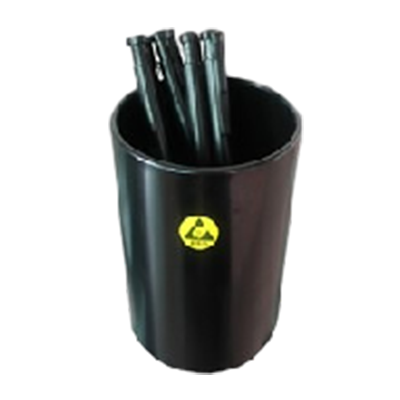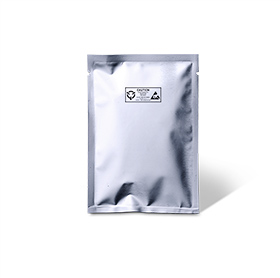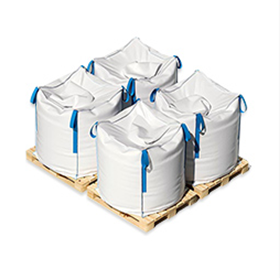Sign In
Please sign in to your XCGS Account.
Sign in
Save time during checkout, view your shopping bag and
saved items from any device and access your order history.
Register
Welcome to your Saved Items
View saved favorites,build-your-own custom bags or products.
For faster checkout sign in to your account.

ESD Electromagnetic Shielding Bags

ESD Electromagnetic Shielding Aluminum Foil Bags

ESD Electromagnetic Shielding Aluminized Bags

ESD Electromagnetic Shielding Nylon Bags

ESD Conductive Bags

ESD Electromagnetic Shielding PE Bags

ESD Electromagnetic Shielding Bubble Bags

Aluminum Foil Bag Manufacturer
Hot Packaging Series






























































































 18915559236
18915559236 xcbxa@xcgs.com
xcbxa@xcgs.com